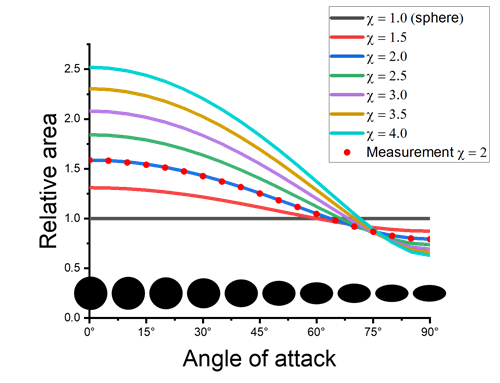Investigation of gas-liquid-solid three-phase flows coupled with particle-bubble interaction, particle-turbulence interaction and bubble-induced turbulence for bubble column reactors
Ansprechpartner:
The project 'Investigation of gas-liquid-solid three-phase flows coupled with particle-bubble interaction, particle-turbulence interaction and bubble-induced turbulence for bubble column reactors' is a joint project of Otto von Guericke University with the University of Nottingham China (www.nottingham .edu.cn), funded by the DFG and NSFC.
The aim of the project is to investigate the interactions between disperse and continuous phases in three-phase flows in bubble columns. For this purpose, numerical calculations are carried out by both project partners. In particular, the interactions between bubbles and particles should be considered, as well as turbulence modulation by bubbles and particles within the scope of the LES.
The focus of this work is to be the direct interaction between the disperse phases, i.e. collision and adhesion. The indirect interaction by modulating the virtual dimensions in the presence of particles around the bubbles. The development also includes new models for coalescence and breakup taking into account the solid particles.
These investigations are to be validated by resolved simulations with VOF and measurements with PIV and ECVT.
Numerical calculations are carried out by the OvGU as Euler-Lagrange simulations in OpenFOAM, the interaction between disperse phases is mapped using a stochastic collision model, which was developed and implemented for this purpose for multi-phase collisions. In addition to the three-phase expansion of the collision model, the oscillation of the bubbles was implemented in the model, so that the collision surface is elliptical and, depending on the collision parameters, deviates from the spherical collision (Figure 1) with a corresponding influence on collision frequencies.
In addition to the collision, bubble-induced turbulence, particle-induced turbulence and bubble oscillation are implemented. As part of the project, adhesion of solid particles to bubbles should also be implemented in the E-L simulation. Bubble coalescence and breakup have also been implemented as part of the project.
The colleagues at the University of Nottingham investigate the three-phase flow from the perspective of an Euler-Euler simulation with a population balance for several speed and diameter classes.
In China, measurements with PIV and ECVT are also planned to validate the simulation models.

Abbildung 1 Relative projected area of a single bubble, normalised by projected area of the spherical bubble with same volume equevalent diameter, measurement for eccentricity χ = 2.0 and visualisation of the projected area